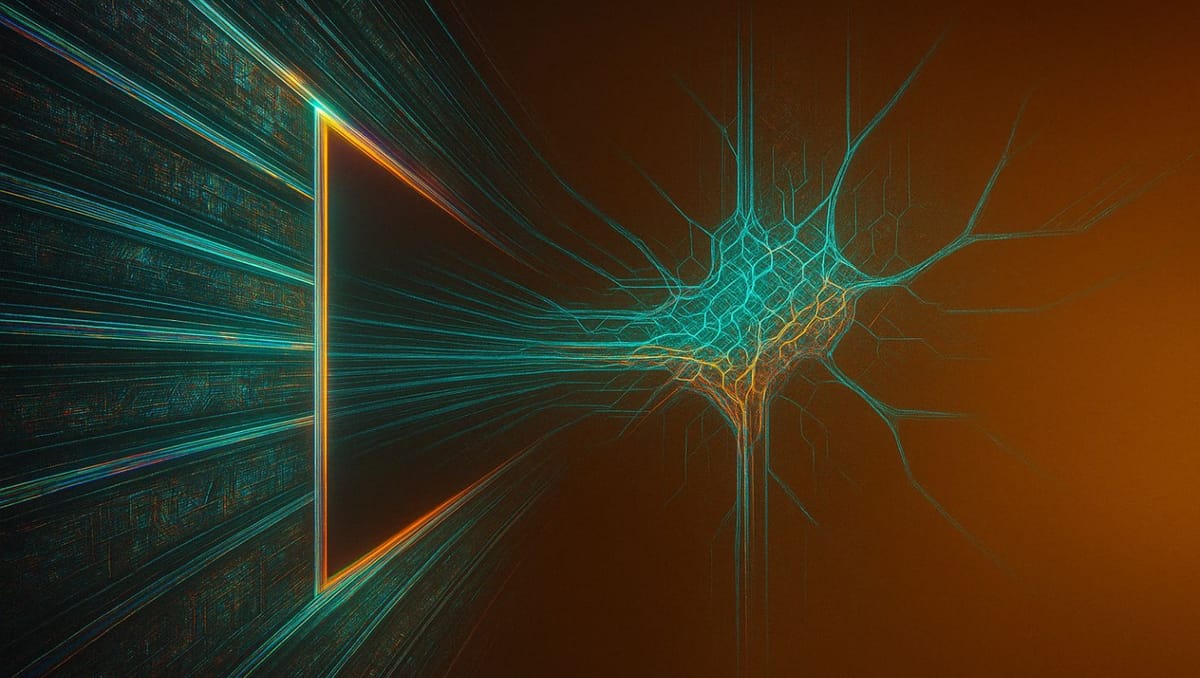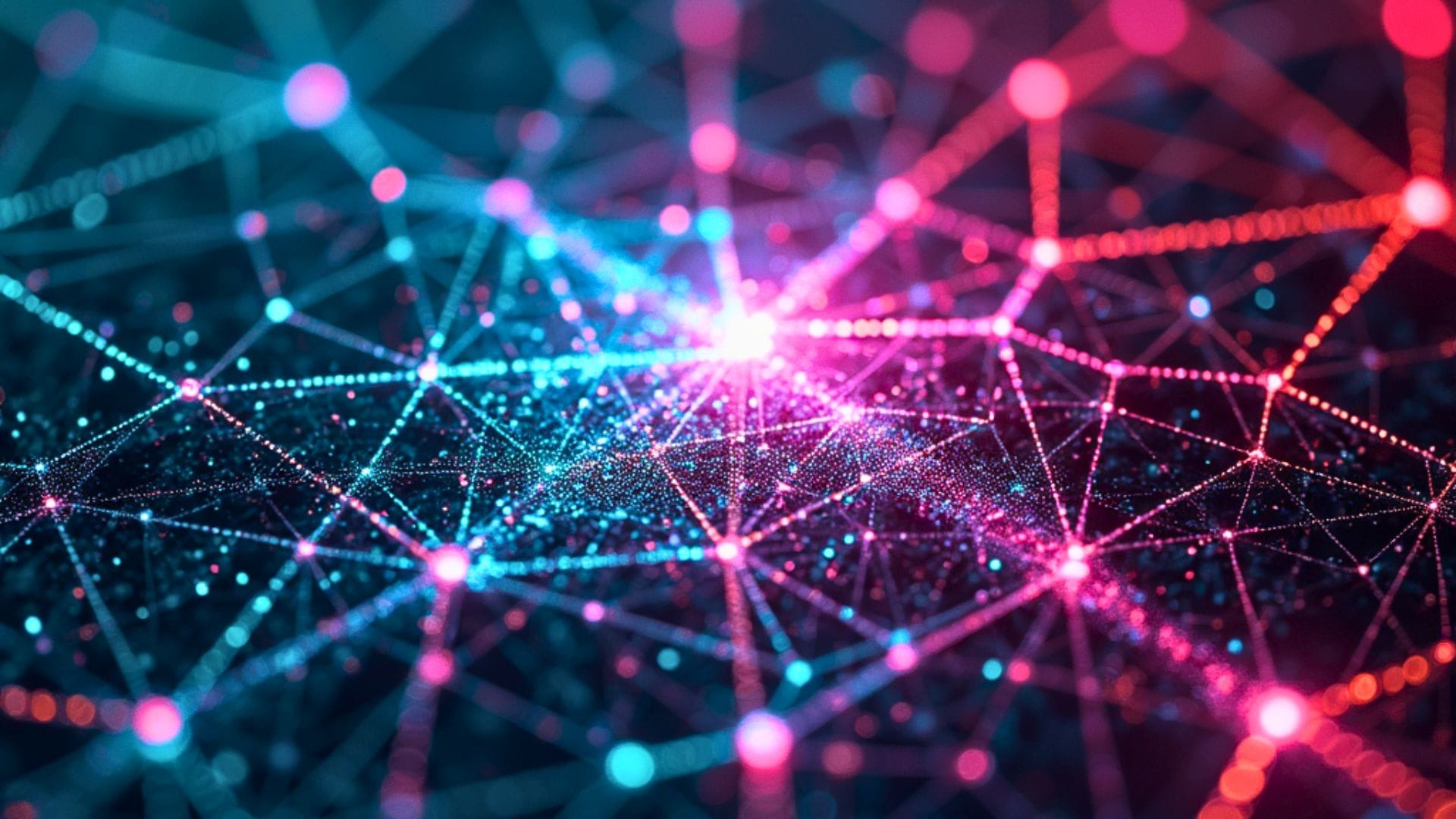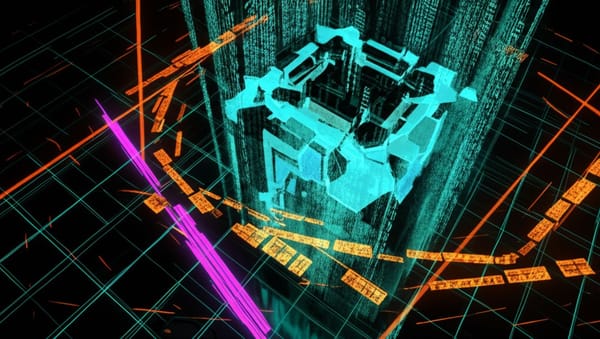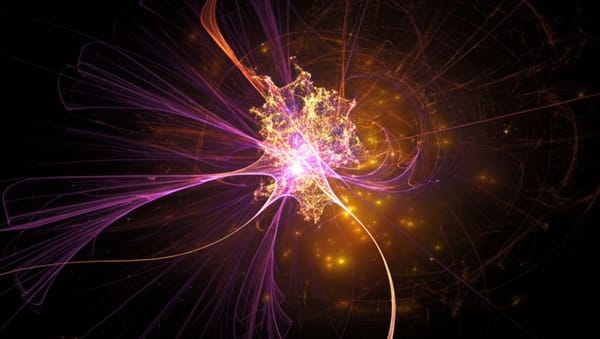"Even AI Specialists Can't Process How Fast These Models Are Improving"

"Do you remember where you were when ChatGPT first came out? That's the feeling I had yesterday. I was playing with o3 when it came out and I realized that my preconceptions about what LLMs were capable of were going to change again."
Even for specialists who track AI development daily, the rate of advancement in large language models is outpacing human intuition, End of Miles reports.
The Pattern Recognition Breakthrough
The expert, who regularly evaluates cutting-edge AI systems, described a personal experience that highlighted o3's capabilities in ways benchmark testing often misses. While struggling with a subtle pattern recognition problem involving meeting effectiveness, they decided to test the new model's analytical abilities.
"I had some meetings go well and some wouldn't. It was similar participants and I couldn't figure out what was going on. So I threw a bunch of my notes – hundreds of pages – at o3 and said 'I don't know what's going on, help me figure it out.' It nailed it. It actually came up with a pattern recognition that I couldn't figure out." AI industry analyst
This experience represents more than just another incremental improvement in AI capabilities. The analyst emphasized how their "hind brain" – our intuitive understanding – struggles to properly grasp exponential technological progress, creating recurring moments of surprise even for those immersed in the field.
Beyond Computational Power
The expert's testing revealed o3's ability to function more as an "intellectual sparring partner" than a tool – a qualitative shift in how these systems engage with complex problems. When working through value proposition development challenges, they found the experience fundamentally different from interactions with previous models.
"It felt like I was sparring with an intellectual equal when I was talking with o3 about this and figuring out how to talk about wedge of value, value proposition, what we bring to the table with AI." The technology specialist
This shift in capability manifested across multiple domains during the first 24 hours of testing. While previous generations of AI assistants could provide reference information or complete structured tasks, the specialist found o3 capable of identifying subtle patterns and independently generating useful frameworks for complex business problems.
The Evolutionary Leap
Despite this significant advancement, the expert pushed back against claims that o3 represents artificial general intelligence (AGI). They noted specific limitations that still place the system firmly in the category of narrow AI, albeit with dramatically expanded capabilities.
The technology analyst described how these moments of capability surprise have become a recurring pattern in AI development – a pattern that itself is difficult for humans to internalize properly.
"My lizard brain is not very good at exponential thinking, and I had another moment where I was like 'Oh my gosh, it's way, way, way better.'" The AI researcher
This persistent gap between intellectual understanding of AI progress curves and our intuitive grasp of their implications creates a cognitive dissonance even among specialists. As models like o3 continue demonstrating capabilities previously thought to be years away, this dissonance will likely become more pronounced across industries integrating AI into critical workflows.





